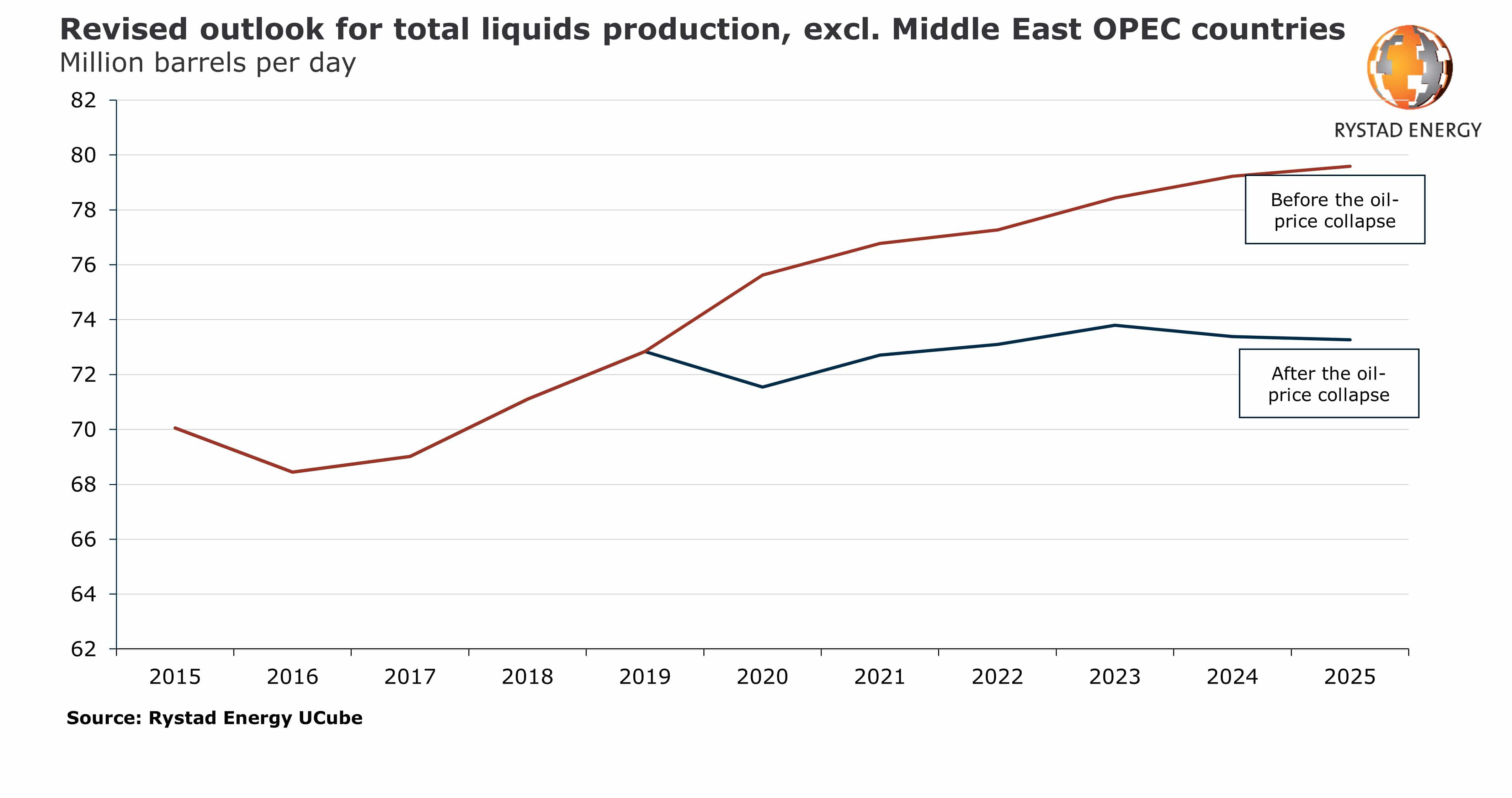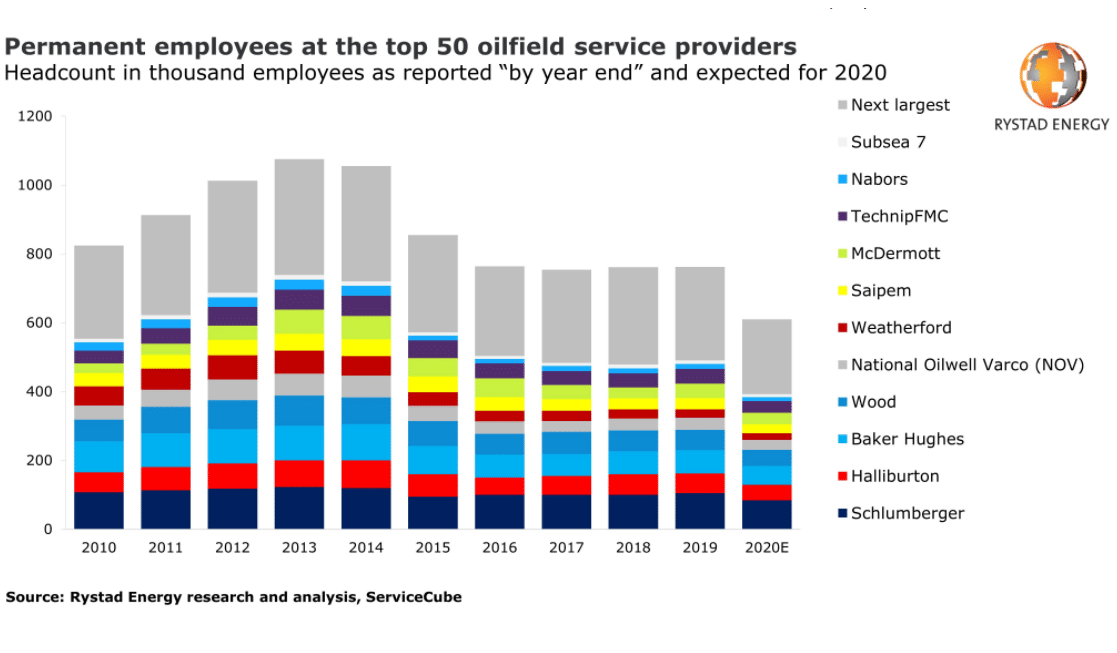The vast reduction in demand for oil associated with the Covid-19 pandemic has taken its toll on the global energy market, with steep declines in especially the price of oil.
However, the cure for low oil prices is in fact low oil prices. In a press release dated May 4th, Rystad Energy predicts better times for the oil industry in the coming years because the low prices will slow activity and investments by cost-conscious E&P companies.
By 2025, the world may see a supply deficit of around 5 million barrels of oil per day (bpd).
Rystad’s base case scenario envisions global demand for liquids at 105 million bpd and a supply of around 100 million bpd. The current crisis has lowered Rystad’s supply expectations for 2025 by approximately 6 million bpd.
The Norwegian energy research company expects an average price of 68 $ per barrel of oil. However, if the undersupply of oil reaches 5 million bpd, the price may spike higher.
To fill the gap between supply and demand, Rystad believes some of the OPEC countries, including Saudi Arabia, may ramp up production (3 – 4 million bpd). The rest may be covered by US shale oil.
– The current low oil price has tightened the medium-term supply and demand balance considerably. Despite high growth in tight oil, oil production outside the OPEC Middle East countries is expected to stay flat over the next five years. As demand is expected to recover, the core OPEC counties will need to increase their supply significantly or the market will face even higher prices than our base-case forecast, says Rystad Energy Head of Upstream Research Espen Erlingsen.
Global E&P activity will likely fall dramatically this year with project sanctioning activity falling to a 40-year low. Tight oil investments are according to Rystad expected to drop almost 50 %.





